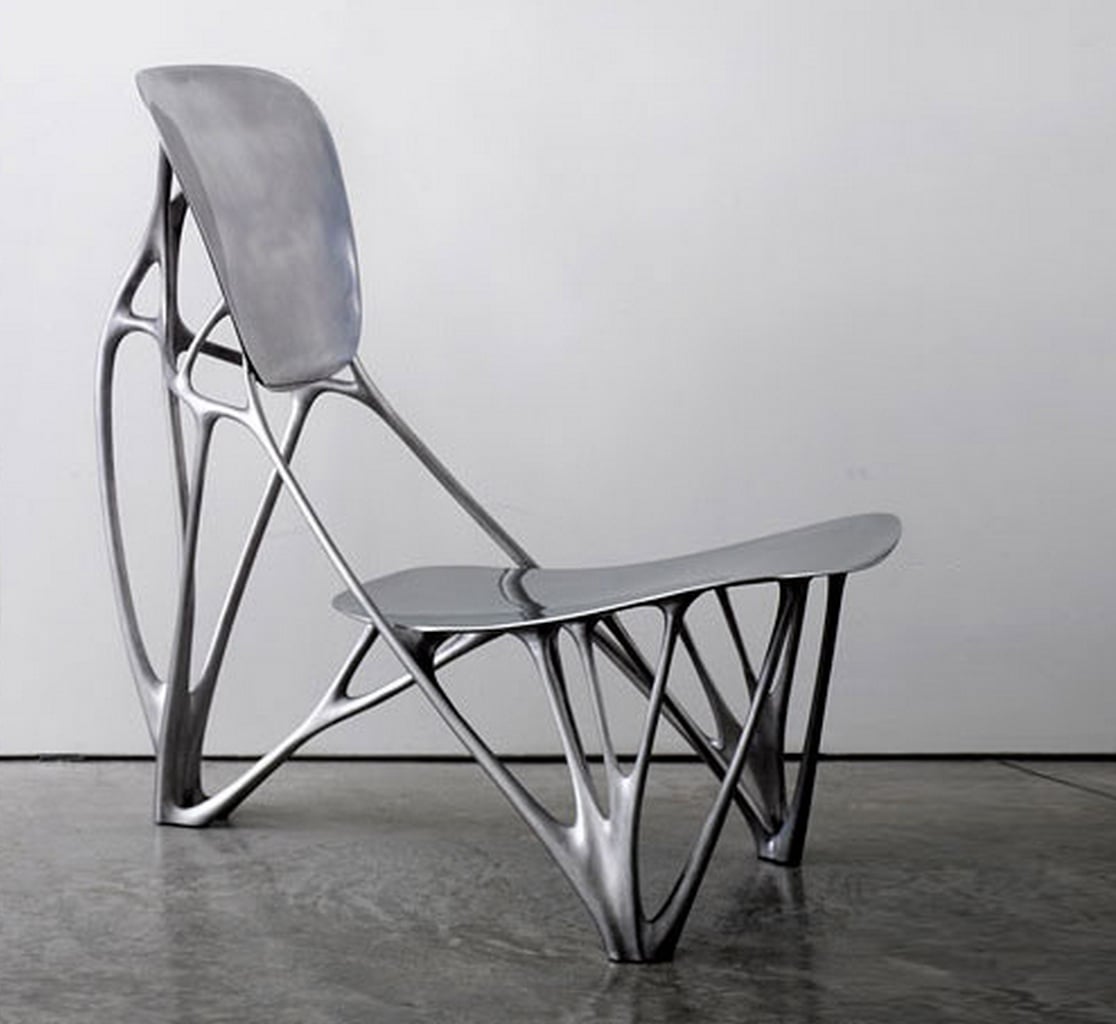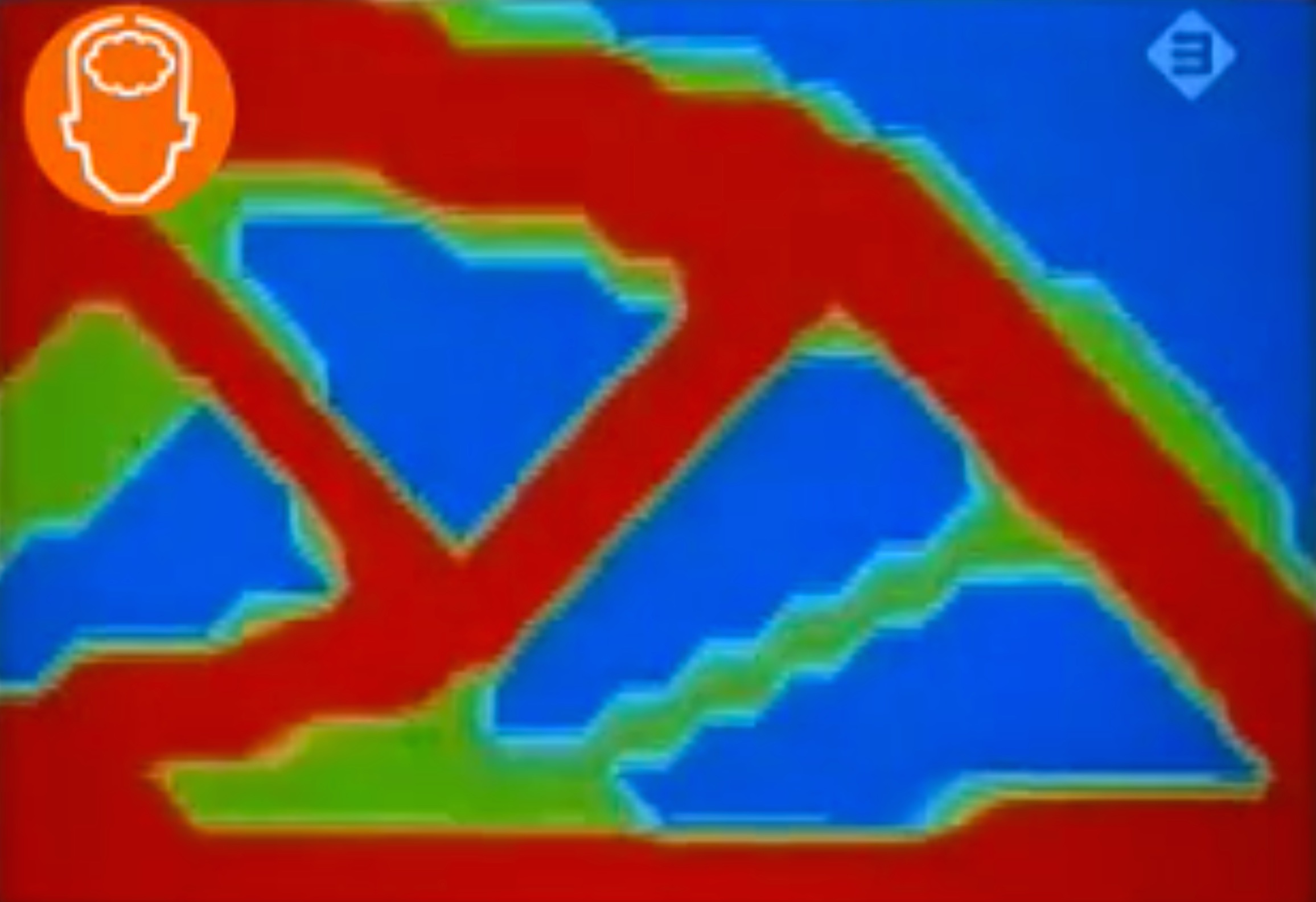
This week’s selection is designer Joris Laarman’s Bone Chair, part of a seven-piece collection entitled, “Bone Furniture”.
The chair is not directly 3D printed; rather it was cast in a single piece from a 3D printed ceramic mould. This is not a unique process, but we’re very interested in the design itself, inspired by the natural processes used by trees and animals:
Trees have the ability to add material where strength it is needed, and bones have the ability to take away material where it is not needed. With this knowledge the International Development Centre Adam Opel GmbH, a part of General Motors Engineering Europe created a dynamic digital tool to copy these ways of constructing used for optimizing car parts. In a way it quite precisely copies the way evolution constructs. We didn’t use it to create the next worlds most perfect chair, but as a high tech sculpting tool to create elegant shapes with a sort of legitimacy. After a first try-out and calculation of a paper Bone Chair, the aluminium Bonechair was the first made in a series of 7. The process can be applied to any scale until architectural sizes in any material strength.
While it’s easy to look at directly produced 3D printed objects, there is a greater range of objects possible when using 3D printing technology for moulds, jigs and supports with other materials.

Laarman’s experiment took place in 2004, some ten years ago. The advanced techniques pioneered at that time are surprisingly poorly used today. Why? We’re not sure; we’d like to see more projects of this type.
Via Joris Laarman

